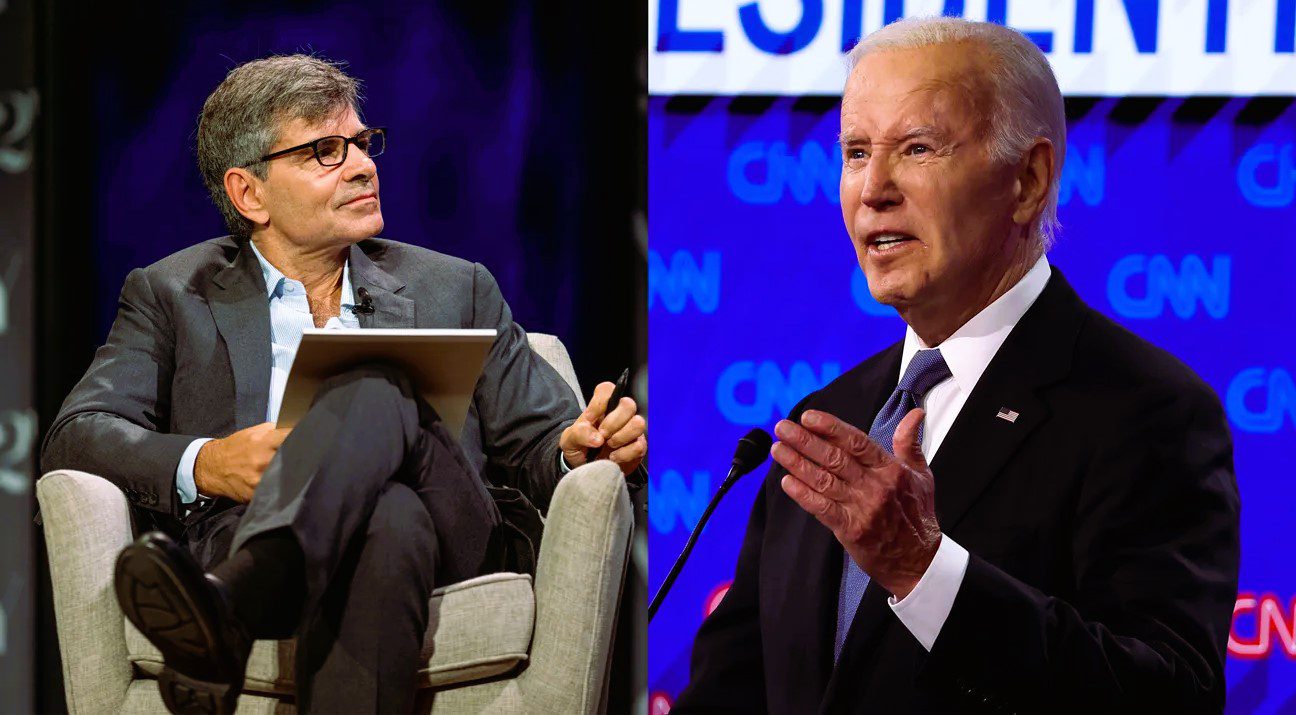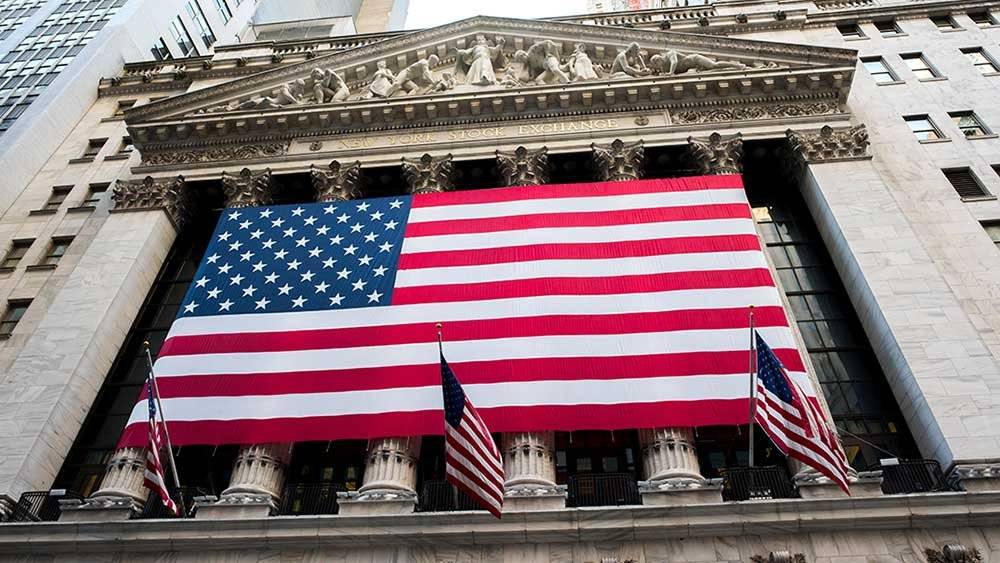According to a new US Election News poll, issues such as abortion are significantly less important to young adults than the economic crisis they are facing ahead of November.
Inflation the Top US Election Issue for Young Adults
According to a recent U.S. News poll, over two-thirds of young Americans (18 to 34 years old) believe that inflation and the cost of living will be the main concerns ahead of the 2024 presidential election. This underscores the difficulty Democrats will face in winning over a crucial support base that rising prices for necessities like food and housing have hurt.
The survey, which was done for U.S. News by Generation Lab, involved 2,040 young adults, roughly 70% of whom are registered voters or plan to be by November. It examined opinions toward a range of possible candidates following the first presidential debate in which President Joe Biden gave a dismal performance that raised doubts about his viability among Democrats.
Read this – Joe Biden Says ‘No One Can Push Me Out’ Of Presidential Race After Disastrous Debate
The results across seven crucial election states reveal that young adults’ perceptions of the economy’s real-world effects outweigh the crucial talking point of abortion access, even as Biden seems unwavering in his resolve to continue running against former President Donald Trump and much of his party seems inactive or tepidly resolved to that outcome. Biden has insisted that democracy will be on the agenda in November, but his message hasn’t hit well enough.
In a different survey, 46% of young adults said they agreed or strongly agreed that “democracy is on the ballot” in 2024, while 38% said they were unsure. 22% of respondents were undecided, while 55% agreed to some level that Trump poses “a danger to democracy.”
When asked to rank the top three issues out of 12 listed issues that would influence their choice for president, the majority of young adults (70%) cited the cost of living and inflation, followed closely by reproductive rights and access to abortion (40%) and gun violence or control (31%).
The economic results are consistent with recent surveys that indicate a significant number of Americans view inflation as a problem. For instance, the Pew Research Center discovered in May that, while it was down from 65% a year earlier, 62% of Americans thought that inflation was “a very big problem.”
Which of the following matters most to you when choosing a presidential candidate?

2,040 respondents, aged 18 to 34, from Arizona, Georgia, Michigan, Nevada, Pennsylvania, Wisconsin, and Ohio made up the sample for the poll. Between June 28 and July 5, they responded to the survey.
After the nation reopened in 2021 following COVID-19 lockdowns, inflation started to pick up speed. June 2022 saw the consumer price index reach 9.1% annually before the Federal Reserve’s vigorous campaign of higher interest rates caused it to start declining. It currently stands at 3.3%, and when the June CPI is announced on Thursday it is expected to drop much further.
But even if the Federal Reserve claims that inflation “eased notably” last year and has made “modest further progress” this year, many people’s attitudes, particularly those of younger consumers have soured as a result of three years of rising costs.
Gerald Goldberg, the CEO and co-founder of GYL Financial Synergies., claims that inflation “has hit them right in the pocketbook – rent, eating out with friends, and gasoline.”
The total monthly cost of food increased by 0.1% in May compared to April. However, food consumed away from home—that is, food purchased at restaurants rather than groceries for home cooking—rose by 0.4%. The cost of groceries has increased by 1% annually, while the cost of dining out has increased by 4%.
In a similar vein, rents rose along with home costs throughout the epidemic. The value of older Americans’ homes has increased significantly, and a large number of them were refinanced at mortgage rates below 4% during the pandemic. Older Americans are also more likely to be home owners.
In the meantime, the average 30-year fixed-rate loan comes with mortgage rates of about 7% for new house buyers, who are frequently younger.
Young people consider more than only the rise or fall in inflation when evaluating costs of living, according to Lara Rhame, chief U.S. economist at FS Investments.
According to Rhame “many younger people are lumping inflation in with that broader cost of living.” The common response I hear from younger people when they discuss inflation is, “I’ll never be able to buy a home.”
Click here – Trump’s Fate in the Balance: Supreme Court to Decide on Immunity
In addition to being more likely to hold stocks, older Americans have benefited from the S&P 500’s 46% gain since 2021, an annual rate of return that is nearly 12% and significantly higher than the rate of inflation during that time.
Large improvements in the cost of living adjustment for Social Security benefits and money market accounts paying approximately 5% have helped even those on fixed incomes.
As a hedge against inflation, younger people have little to no long-term assets because as Goldberg puts it, “many of these people are living paycheck to paycheck.”
For a substantial chunk of his term, Biden has been held accountable for inflation despite the fact that most economists feel the disruptions brought on by the pandemic are to blame for the worldwide issue. As a result of the measures implemented in response to the global financial crisis that occurred between 2007 and 2009 interest rates and inflation remained extraordinarily low in the years preceding 2020.
Nonetheless, in a head-to-head showdown between Biden and Trump, young adults in the U.S. News poll supported the incumbent president 59% to 41%, while his share of support fell somewhat short of the levels attained by other hypothetical Democratic contenders in elections against Trump.
Read more .
The Battle Begins: Oil and Corn Groups Unite to Challenge Biden’s Tailpipe Emissions Rules

Mike Neon is a seasoned journalist specializing in United States news, known for his comprehensive coverage of national affairs and current events. With a career spanning 5 years in journalism, Mike has established himself as a reliable source of accurate and insightful reporting. His articles delve deep into political developments, social issues, and cultural trends shaping the United States today. Mike Neon’s dedication to providing balanced perspectives and in-depth analysis ensures that readers stay informed about the latest developments that impact the nation.







